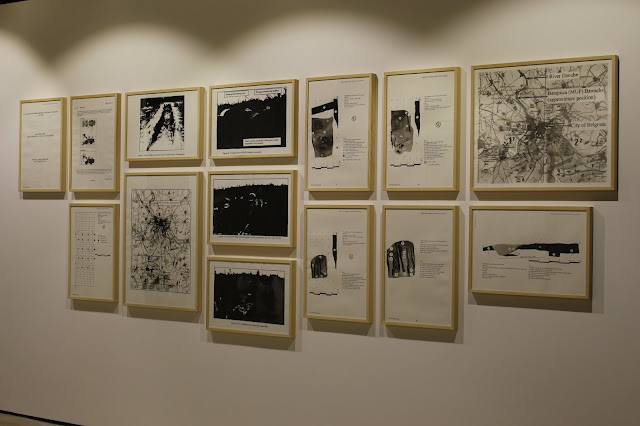"Kninjas - Knights of Srpska
Krajina" was a
Serbian war-propaganda comic book that came out during the fall of 1991, during
the war in Yugoslavia. It was published only two issues and the publisher was Belgrade-based daily newspaper “Politika”. The main
heroes of this comic book are “Kninjas” that are fighting for the freedom of Srpska
Krajina. They have folk names (Sava, Radojica, Milica, Grujica), and are
represented as offshoots of Serbian century struggle for freedom, they are
committed to the Serbian faith 'Svetosavlje' values and patriarchal life, but
at the same time, having all the characteristics of a super - comic book
heroes: mafia experience in the European underground, conduct all kinds of
modern weapons and Eastern martial arts, a perfect knowledge of foreign
languages, the ability to disguise themselves as whatever character in
whichever foreign country and to easily communicate with the most diverse
world. Croats are shown as anti-Serbian hordes that are trying to destroy the
Serbian race by any means. Ustasha
Ante Jelic always carries srbosek (the
knife for Serbs), and his comrade make plans to attack the Knin fortress, saying:
"There is no mercy for the Serbs! A knife, a bullet, a rope! We need to rid
of the stench of Balkan Gypsies (...). Only the dead Serbs are good Serbs.
"
Kninjas, were the Serbian paramilitary unit (special forces) which participated
in the war in Croatia, in the self-proclaimed Republic of Srpska Krajina, from
1991 to 1995. The first commander of the unit was Dragan Vasiljković (Captain
Dragan), an Australian citizen accused of war crimes where he was hiding under
the name of Daniel Sneden. Later, the unit was disbanded and it eventually
formed the "Wolves", and in 1996 the "Red Berets". Kninjas
fought in the region of Croatia (ex Yugoslavija) where local Serbs proclaimed autonomy first and then independent Republic, called „Republika Srpska“. The
name "Kninjas" originated as a play on words or combination of words Knin (the capital of Republic of Srpska Krajina)
and ninja (masked skillful Japanese
fighters).
The series is consisted out of 18 drawings,
Ink-wash on paper, 56cm by 38cm each, 2013


 "Past is Now"|Fotodoks Festival|Münchner Stadtmuseum|München|Germany|2015
"Past is Now"|Fotodoks Festival|Münchner Stadtmuseum|München|Germany|2015







































